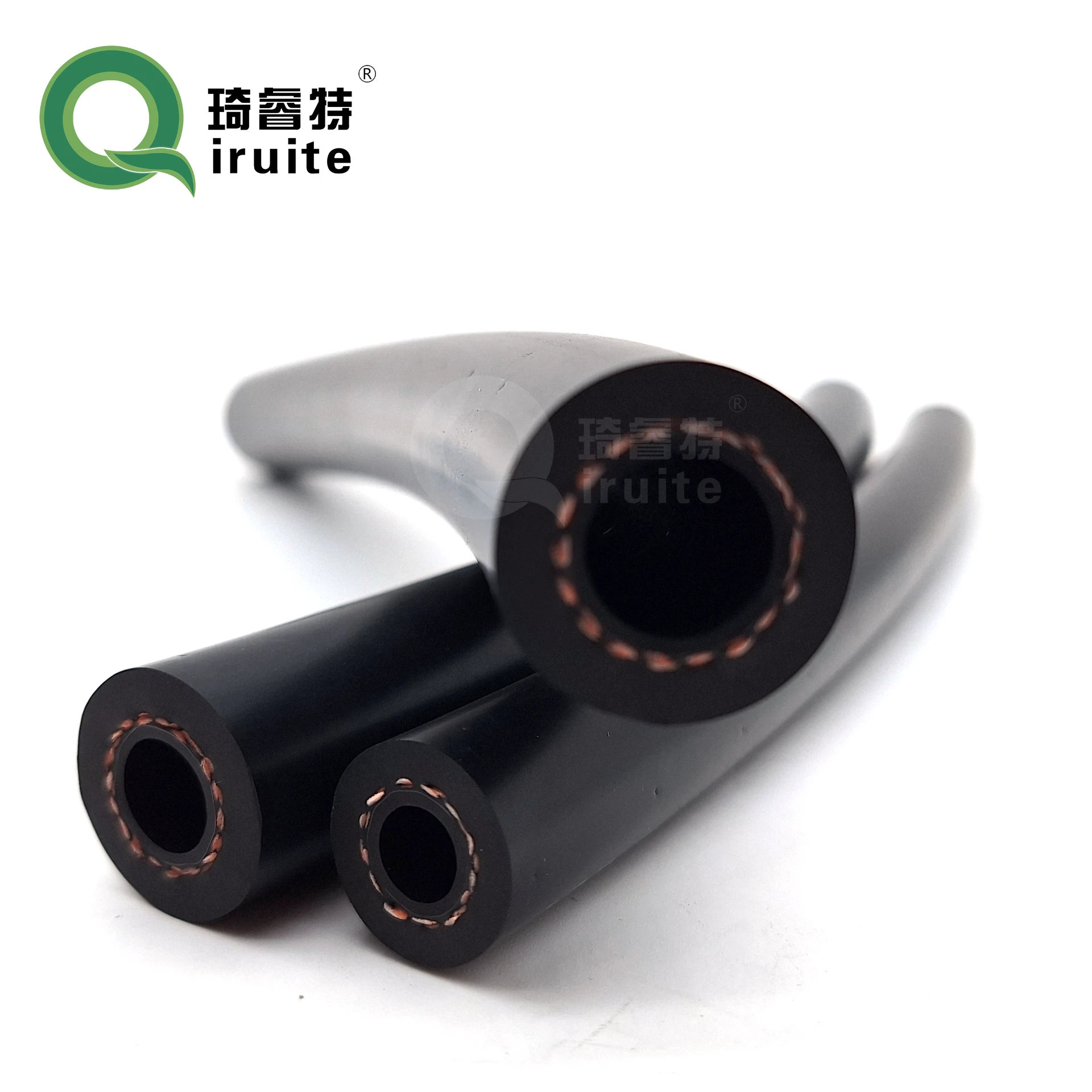A Comprehensive Guide to Hose Brake Systems and Their Applications
Understanding Hose Brake Systems An Essential Component of Modern Vehicles
In the realm of automotive engineering, the functionality and safety of vehicles hinge on various integral components. Among these, the hose brake system plays a pivotal role, ensuring that vehicles can halt effectively and consistently. This article delves into the intricacies of hose brake systems, exploring their construction, operation, and importance in contemporary automobiles.
What is a Hose Brake?
A hose brake system, commonly referred to as a hydraulic brake system, utilizes brake fluid contained within hoses to transmit force from the brake pedal to the brake components at each wheel. This system is distinguished by its ability to amplify the driver’s force applied to the brake pedal through the hydraulic principle, enabling smoother and more effective braking.
Components of Hose Brake Systems
At its core, a hose brake system comprises several key components
1. Brake Pedal The starting point of the braking process, the driver applies force to the brake pedal which initiates the braking action.
2. Master Cylinder Upon depressing the brake pedal, the master cylinder converts the mechanical force into hydraulic pressure. This pressure is then transmitted through the brake fluid.
3. Brake Hoses These are specialized rubber or synthetic hoses that carry the brake fluid. They are designed to withstand high pressure and temperature while ensuring flexibility and durability.
4. Brake Calipers and Wheel Cylinders These components receive the hydraulic pressure from the master cylinder and convert it into mechanical force. In disc brakes, calipers push brake pads against a rotating disk to slow the vehicle down. In drum brakes, wheel cylinders push shoes against the inside of a drum.
5. Brake Pads/Shoes These friction components engage with the brake disks or drums, creating the necessary friction to slow down or stop the vehicle.
hose brake

How Do Hose Brakes Work?
When a driver pushes the brake pedal, the force travels down to the master cylinder, which compresses the brake fluid inside it. The pressurized fluid is then sent through the hoses to the brake calipers or wheel cylinders at the wheels.
As the pressure builds, the calipers or wheel cylinders activate, causing the brake pads or shoes to press against the braking surface. This contact creates friction, which in turn reduces the speed of the vehicle or brings it to a complete stop. The entire process is designed to be quick and efficient, allowing for responsive braking that is crucial for safe driving.
Advantages of Hose Brake Systems
Hose brake systems offer numerous advantages over other braking mechanisms
- Immediate Response The hydraulic system’s ability to amplify the force applied by the driver allows for quicker and more reliable braking.
- Consistent Performance These systems perform consistently across various driving conditions, including wet or dry environments.
- Less Physical Effort The hydraulic principle means that drivers do not need to exert excessive force on the brake pedal, making it easier to control stopping power.
- Reduced Wear Properly maintained hose brake systems can lead to less wear on the braking components, enhancing the longevity of the system.
Conclusion
In summary, hose brake systems are a critical aspect of modern vehicle safety and performance. Their sophisticated design allows for efficient and reliable braking, which is essential for the safety of drivers and passengers alike. As automotive technology continues to advance, the importance of maintaining and understanding hose brake systems remains paramount. Regular inspections and maintenance can ensure that this essential component functions optimally, helping to prevent accidents and ensuring a smoother driving experience. Whether one is driving a compact car or a heavy-duty truck, the reliability of the hose brake system is a vital assurance of road safety.
-
Understanding Power Steering Tube ReplacementNewsApr.16,2025
-
SAE J1401 Brake Hoses: A Critical Component for Vehicle SafetyNewsApr.16,2025
-
Pipe Couplings: Essential Components for Effective Plumbing and Fluid SystemsNewsApr.16,2025
-
Hose Guard Solutions for Every NeedNewsApr.16,2025
-
Effective Spiral Protection SolutionsNewsApr.16,2025
-
Effective Sewer Cleaning SolutionsNewsApr.16,2025

